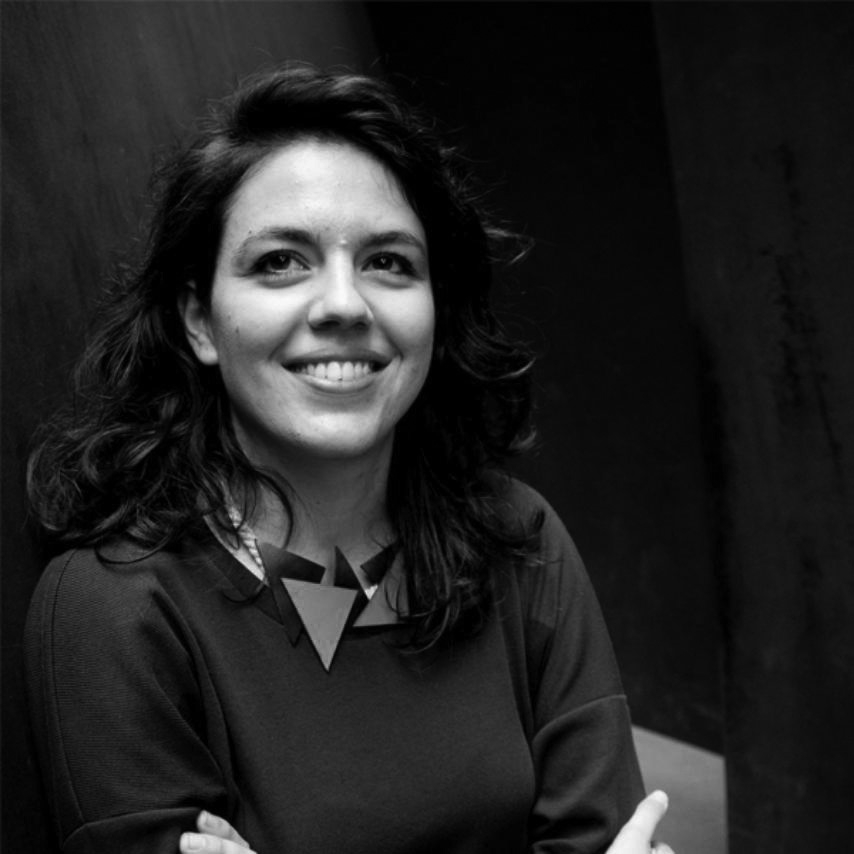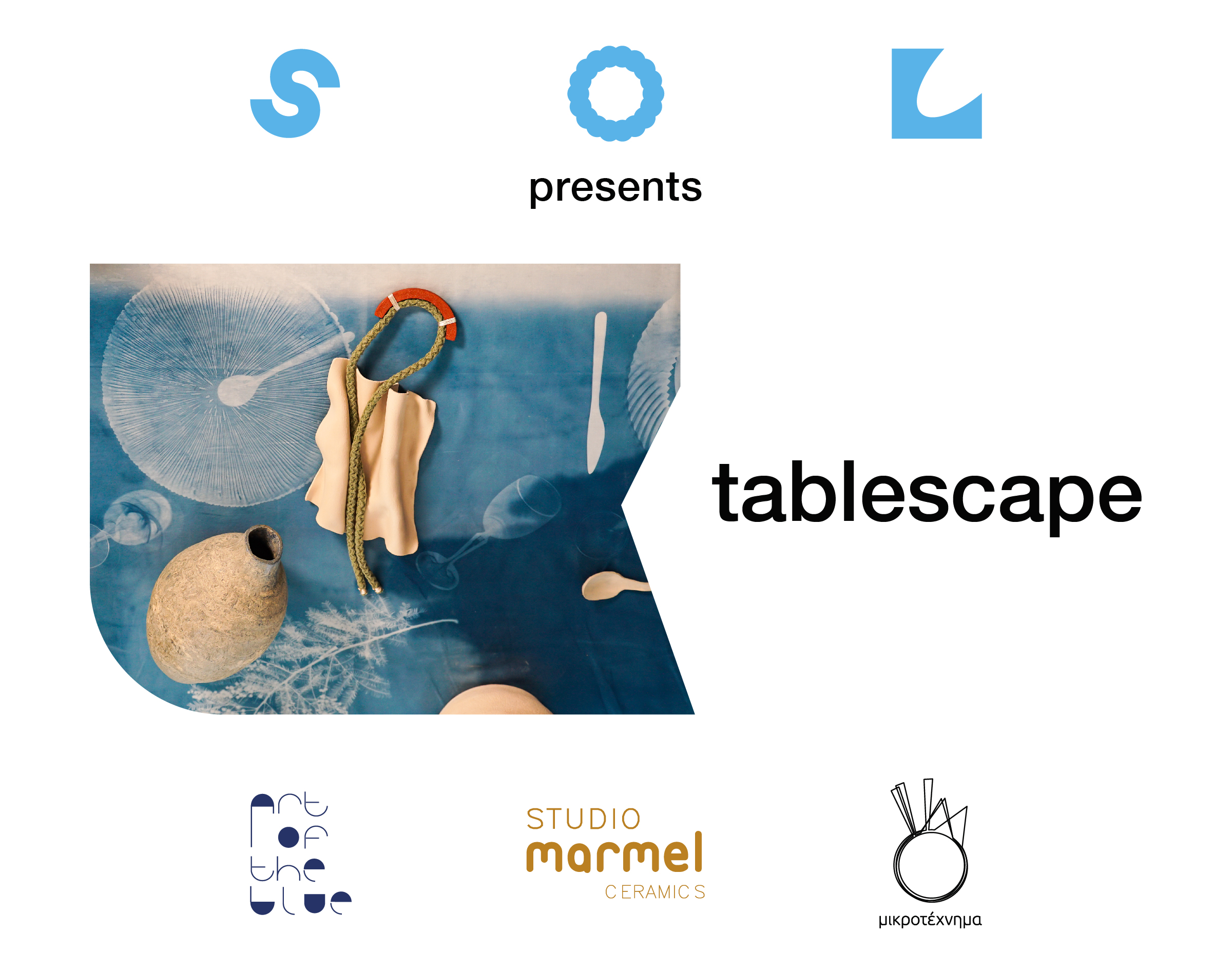In anticipation of the upcoming ''Tablescape'' project, we had the privilege to interview the talented cyanotype artist, Maria Selkou, known for her captivating works that blend artistry with the intriguing cyanotype technique.
During our conversation, Maria shared insights into her creative process, highlighting the meticulous craftsmanship and deep inspiration drawn from the natural world.
Her mastery of the cyanotype method breathes life into her creations, casting shadows and capturing details in a mesmerizing dance of light and chemistry.
1.How does your background in architecture influence your approach to cyanotype technique?
Light and shadow play a crucial role in both architecture and cyanotype art. My architectural background has made me more sensitive to how light interacts with surfaces and structures, allowing me to create cyanotype images that leverage the interplay of light and shadow to evoke mood and atmosphere. Finally, architecture serves as a rich foundation for my cyanotype art, influencing everything from my approach to composition and design to my conceptual exploration and technical experimentation. It adds depth and complexity to my work, enriching it with a unique perspective.
2. What initially drew you to cyanotype as a medium for artistic expression?
Μy attraction to cyanotype reflects my passion for photography and the symbolic character of the colour blue. I discovered cyanotype when I lived in the Netherlands, and it instantly became a bridge between my home country, Greece and the country I lived in; through the blue tones of the Greek sea,the sky and the Delft blue ceramics, I attempted to bring these worlds together. This personal connection, combined with the magic process through which the final result is revealed under the Sun, have drawn me to the medium of cyanotype and inform my artistic practice.
3. Can we live without art? Or is it just a luxury for those who can afford it?
I cannot speak for everyone, but I definitely cannot live without art, because it is a vital means of self-expression. To me, art is a universal language that conveys emotions and ideas and is able to inspire people; encourage them to see the world through a different perspective, hopefully more beautiful and optimistic. Αt the same time art reflects our identity, our culture and heritage. I believe that the absence of art would make us ‘poor’ and less human.
4.''Tablescape''. What significance does it hold for you personally?
My interpretation of the word ‘Tablescape’ implies that the table is more than a functional piece of furniture; we use it as a canvas for artistic expression.
From an architectural perspective, I see the tablescape as a spatial arrangement of ceramics and jewellery, using the cyanotype as a tablecloth with all different elements of a table, such as plates, utensils and glasses; from an artistic and perhaps more emotional perspective, I believe that this table has been our collective attempt of three creators and friends, to make a dialogue with each other and fill one another, in a creative, fun and nostalgic way










